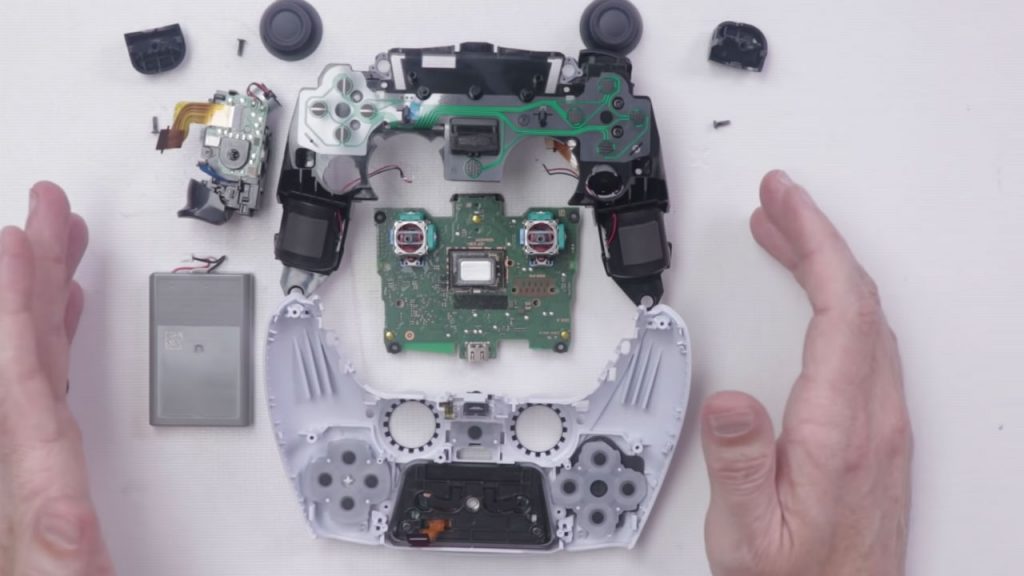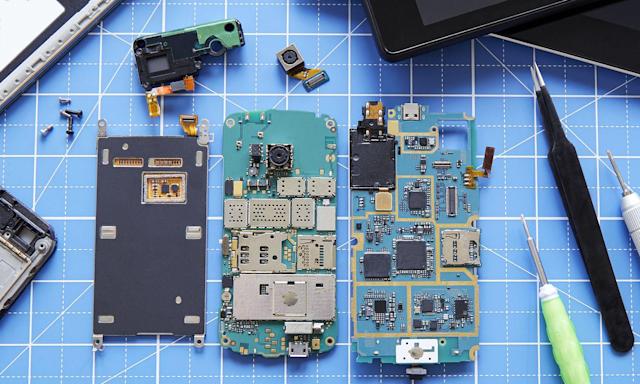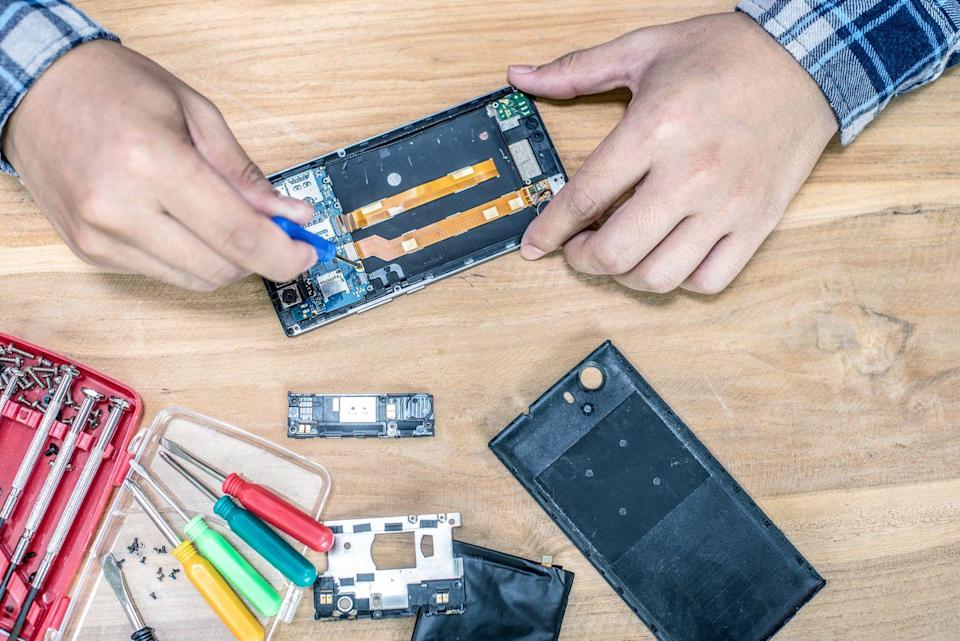TronicsFix, a YouTuber, stacked 42 broken PlayStation 4 systems in a leaning tower to emphasize the need for right-to-repair laws. The purpose is to demonstrate how obsolete and damaged technology may pile up when people do not have replacement parts to repair it. It’s a protest supporting right-to-repair legislation in the United States, which consumer technology companies have resisted.
“Want to watch me stack broken PS4s and see how high they get before they fall over?” TronicsFix writes in the description of his video. “Whether you think this is a fun idea or a horrible idea, what I think we can all agree on is that Right-to-Repair is important for electronics.”
The right-to-repair movement is depicted in the video below:
But, first and foremost, what is the Right-to-Repair Movement? The Repair Association, which leads the campaign in the United States, defines right-to-repair by four parameters: Repairs should be possible by design and not hindered by software programming. Secondly, end-users and independent repair providers should be able to access original spare parts and tools (software and physical tools) needed to repair the device at fair market conditions. Thirdly, repairs should be possible by design and not hindered by software programming, and lastly, the manufacturer should clearly communicate the repairability of a device.
For instance, if your Nintendo Switch controllers begin to drift, you must return them to Nintendo. Also, many manufacturers would advise you to discard your LED screen and replace it if it breaks. This is due to the lack of legislation in the United States that guarantees consumers the right to repair. Consequently, this has resulted in a disposable economy, putting an end to the entire repair business. And if people are unable to fix their products, the resale value plummets to almost nothing.
Making items repairable requires only a small amount of additional work for businesses. To access the phone’s internal parts, manufacturers need to install small screws to phones that are sealed off. Then, they must begin selling the parts that third parties demand for repairs and establish mechanisms similar to those used in car repair.

But when did it become so difficult to fix your own devices? It’s only been this hard since a significant piece of legislation expired, raising the debate over repair monopolies. IBM was declared a monopoly in 1956, and the US Department of Justice dangled a threat in the form of the IBM Consent Decree over their heads.
Following the expiration of the Consent Decree in 1996, IBM was permitted to restore their repair monopoly that was illegal since 1956. Later, the rest of the industries joined the fray. According to the Repair Association, 90 percent of manufacturers hold monopolies on repairs to their goods. The organization started campaigning for new right-to-repair rules in 2013 and has gained traction since then.
The good news is that repair monopolies are still new, and both the state and federal legislators have begun fighting back with right-to-repair bills. Luckily, half of the United States was considering right-to-repair legislation in March. You might be wondering why 2021 is such a watershed moment for right-to-repair? It is linked, partly, to the COVID-19 outbreak.

This might be easy to think of right-to-repair as predominantly affecting our consumer electronics because those are the most inconvenient and easily relatable. However, farmers too, have significant repair interests, and a problematic scenario involving public health developed during the epidemic, as Popular Mechanics previously reported in April 2020:
“Hospitals are having a difficult time servicing their existing ventilators, and biomedical technicians, who repair hospital equipment, are already stretched thin. While third-party technicians could theoretically step in and rehab the devices, manufacturers have put arbitrary “software locks” on the ventilators, ensuring only authorized parties can modify or service them.”
“Manufacturers have clamped down even further by keeping service manuals close to the vest. In one case, the German ventilator manufacturer Dräger actually sent cease-and-desist letters to the website Frank’s Hospital Workshop, which publicly posted the manuals.”
After the New York State Senate became the first to pass right-to-repair legislation in June, Congressman Joe Morelle (D-NY) sponsored the Fair Repair Act. “This common-sense legislation will help make technology repairs more accessible and affordable for items from cell phones to laptops to farm equipment, finally giving individuals the autonomy they deserve,” Morelle said.

The proposed legislation will require manufacturers to make more parts available to third parties, making repairs comparable to automobile repairs; instead of relying solely on the manufacturer, you can take your damaged product to the nearest shop.
Farm equipment is an excellent example because farmers are typically drawn to older tractors that can be repaired. John Deere promised to make maintenance information for its latest products available by 2021, which it then failed to do. Following this debacle, states in the breadbasket region began to oppose repair monopolies.
In July, the FTC voted 5-0 to develop a new framework to examine and support right-to-repair. this means that the techies and do-it-yourselfers have a bright future ahead of them. Perhaps, leading companies will band together to return trade tools to customers and repair professionals. Of course, we’ll have to keep piling our PlayStations till then.



The dumbest thing about the right to repair movement is that they actually think private companies should be mandated to provide them with repair parts on absolute equipment for example the PS4 is now an outdated and obsolete item. If you have a PS4 and you need parts for it, seek other broken PS4s to harvest the parts. You can’t force the company to continue to manufacture parts for obsolete equipment it’s ridiculous. Besides that the availability of parts online is plentiful. If you want to fix your controller you can find the parts available online. The companies that manufacture these parts are more than happy to sell you the individual parts online. The only thing the right to repair movement really doesn’t like is the fact that the company will say your warranty on this product is void if you break the seal. Well that’s how it is too bad if you want something repaired under the warranty, then don’t try to fix it yourself because the company doesn’t want to have to deal with your mistakes. The right to repair movement has kind of a lot of issues that I disagree with let’s just put it that way. You can’t force manufacturers to manufacture parts for things that they don’t want to manufacture parts for all you can do is not by part products that don’t have adequate replacement parts available. Almost every single part of a PS4 is replaceable except the motherboard because Sony isn’t reproducing them anymore so literally anything that’s broken in your PS4 if you find a few more broken PS4s and you put them all together you can make one PS4 that works.
Since when does John deere make phones….